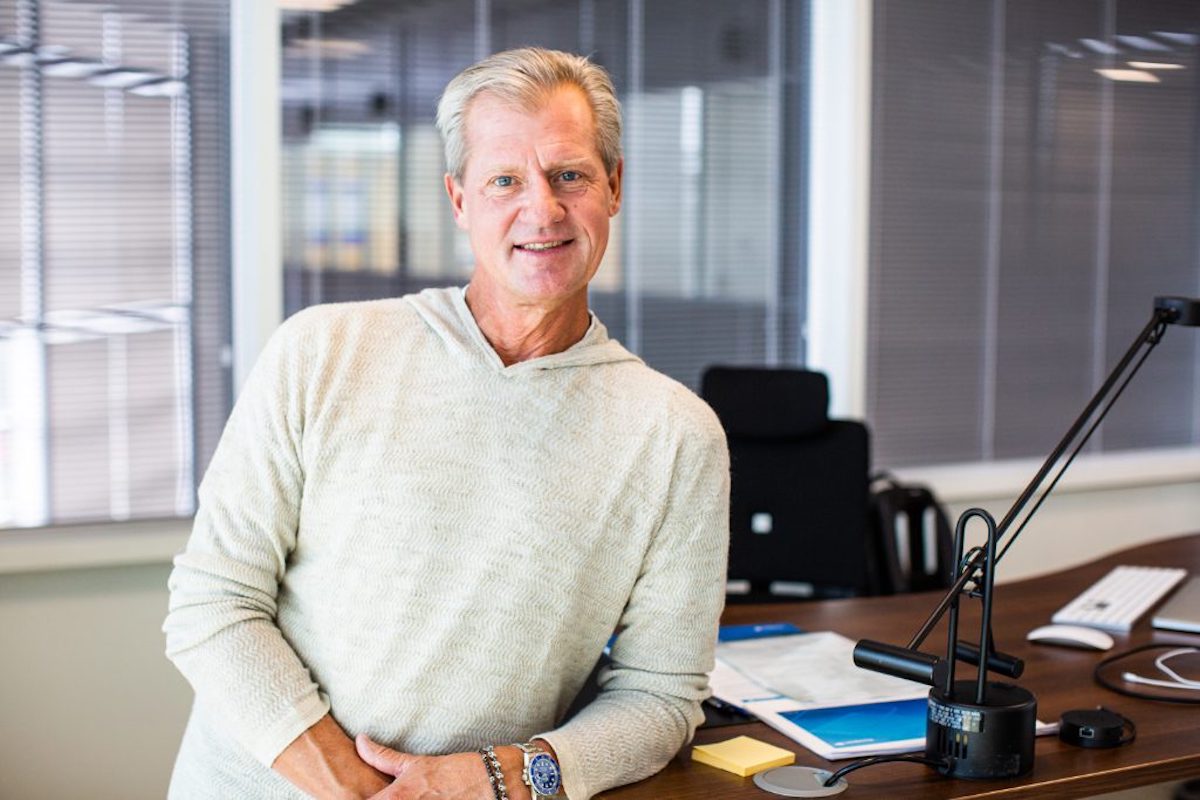Skift Take
If the industry waits for segments like business travel to fully recover, it could be waiting forever. That’s one reason why Travelport and its competitors should continue investing in tech and expanding offerings.
Travelport is about three-quarters of the way toward a full recovery after the pandemic decimated the travel industry.
Compared to 2019, Travelport ended 2022 with a recovery of its total volume of bookings at a percentage in mid-70s, Greg Webb, CEO of the U.K.-based global distribution system company, told Skift.
In 2021, it had recovered just over 50 percent compared to 2019.
Travelport — along with its two larger competitors, public companies Amadeus and Sabre — primarily act as marketplaces to connect airlines and travel agents, though they all are continually investing in new technology and broadening their business models.
None of the three companies have fully recovered to 2019 numbers. Sabre reported a revenue recovery of about 67 percent during the third quarter of 2022, while Amadeus said it recovered about 87 percent during the same period.
Webb shared an outlook about where Travelport is focused, particularly its tech investments, as the company continues its recovery this year.
Recovery and Roadblocks in 2023Webb expects to continue seeing a linear recovery going forward, largely guided by the return to full capacity for airlines.
And that line is moving slowly.
“I expect that fairly linear recovery to continue,” Webb
